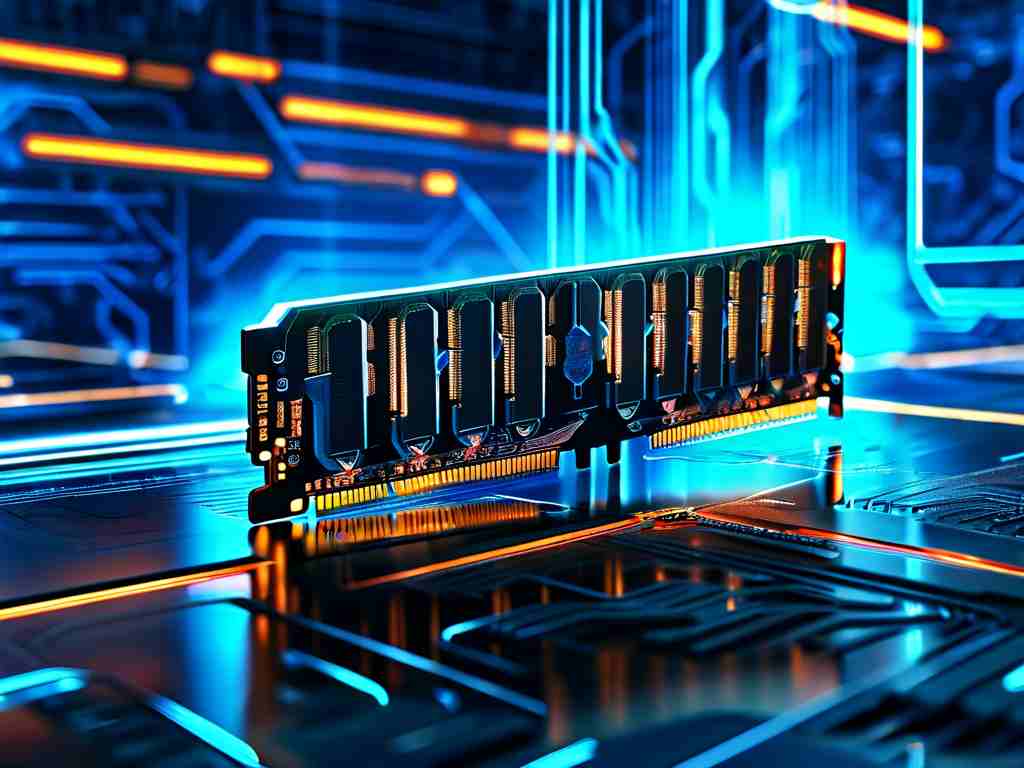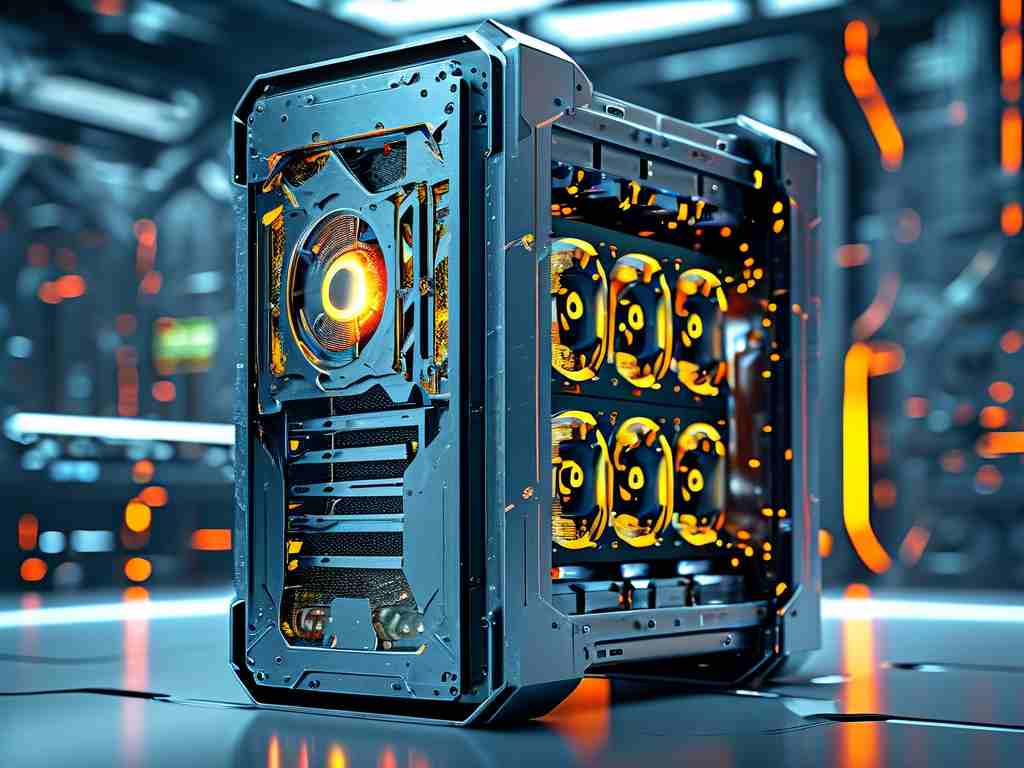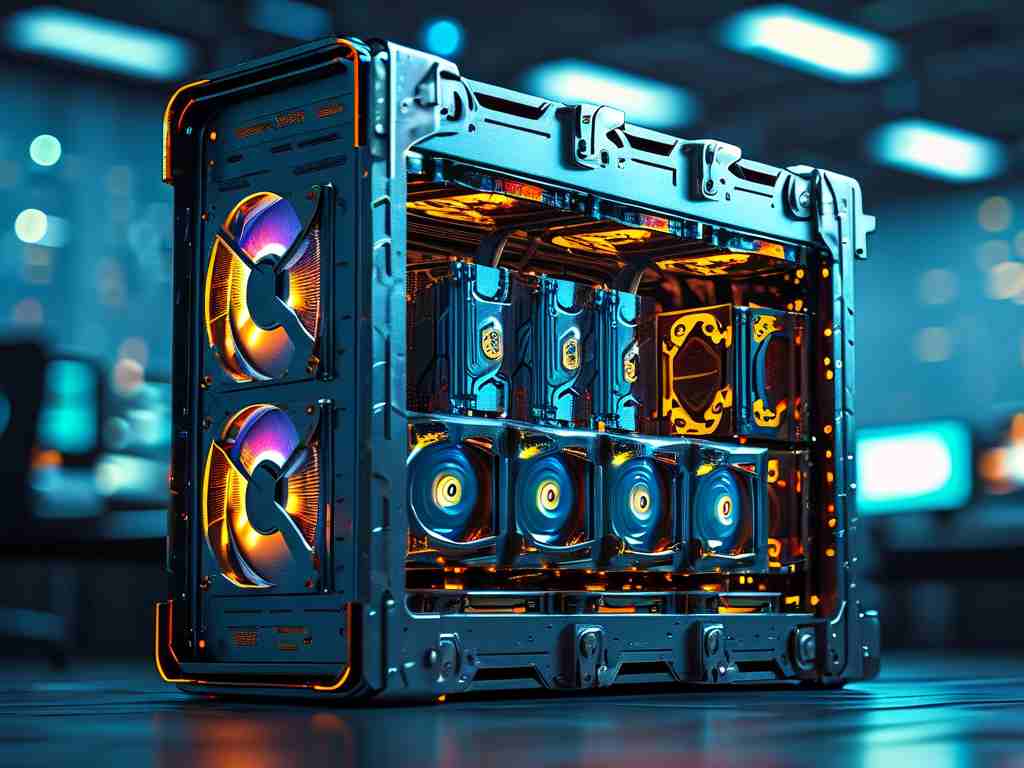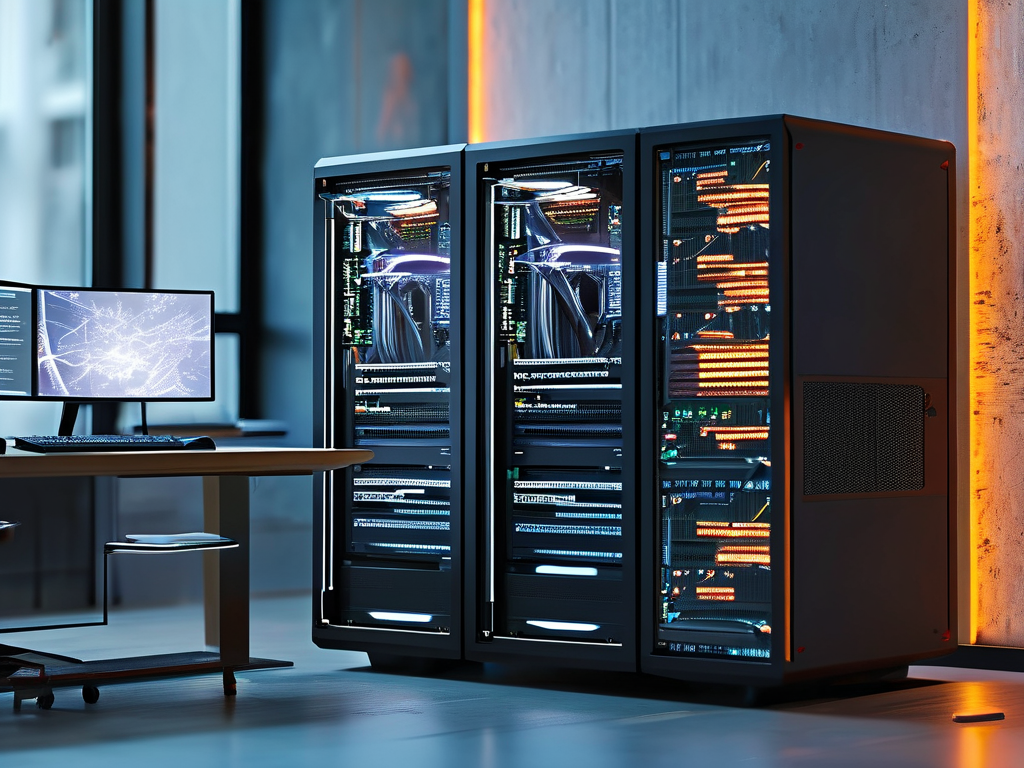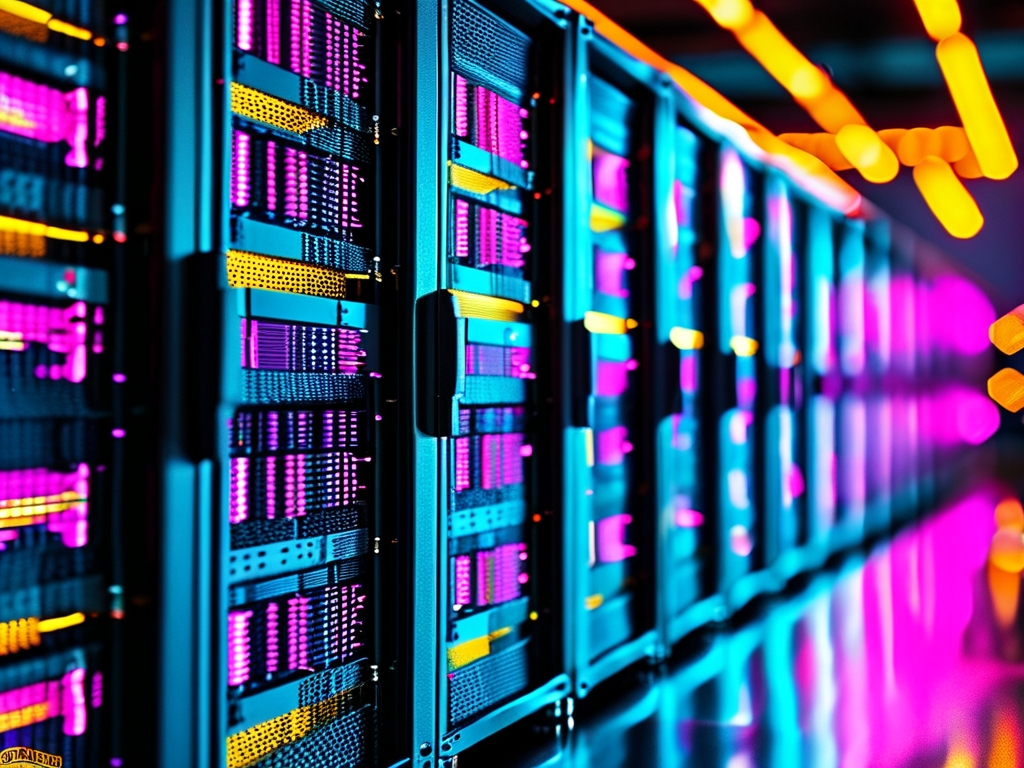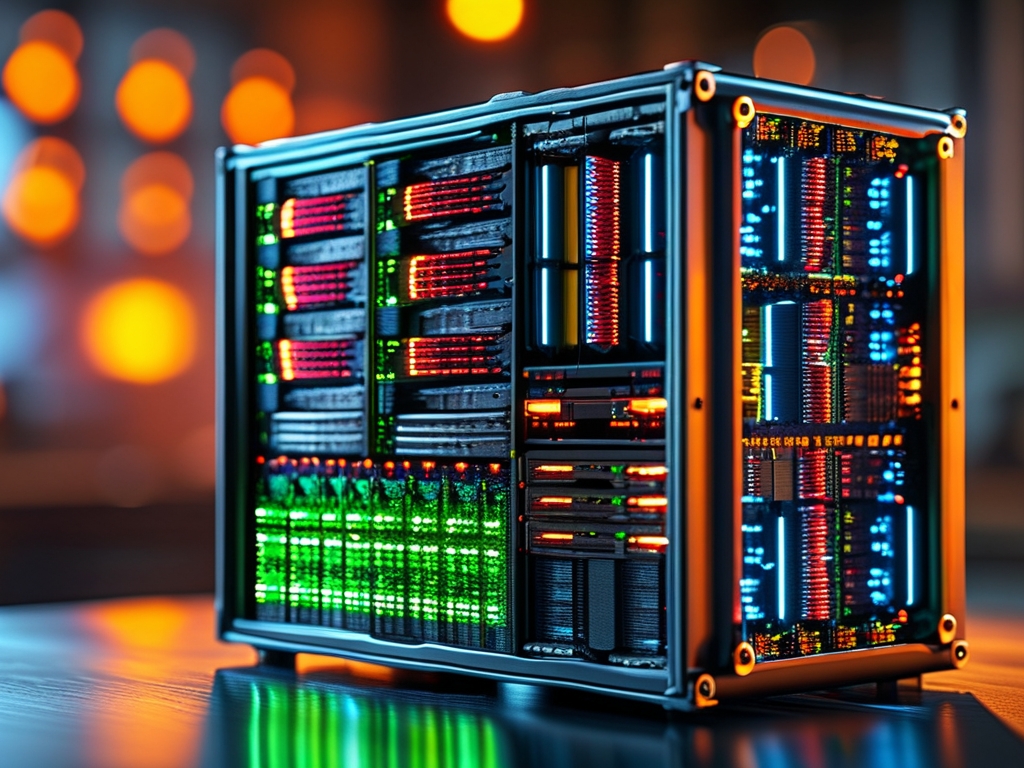In an era where data generation outpaces traditional computing capabilities, the emergence of 20TB RAM computers marks a paradigm shift in high-performance computing. These systems, equipped with an unprecedented 20,000 gigabytes of memory, are redefining what's possible in fields ranging from artificial intelligence to climate modeling. This article explores the technological breakthroughs behind these machines, their transformative applications, and the challenges they pose to existing infrastructure.

The Architecture of 20TB RAM Systems
At the core of a 20TB RAM computer lies a radical reimagining of memory architecture. Unlike conventional servers that rely on distributed memory across multiple nodes, these systems integrate cutting-edge 3D-stacked memory modules and non-volatile RAM (NVRAM) technologies. By layering memory cells vertically, engineers overcome physical space constraints while maintaining low latency. Meanwhile, NVRAM ensures data persistence even during power outages-a critical feature for mission-critical applications.
To manage such vast memory pools, manufacturers are adopting optical interconnects instead of traditional copper wiring. Light-based data transmission reduces energy consumption by 40% and minimizes signal degradation, enabling seamless communication between CPUs, GPUs, and memory banks. Companies like Samsung and Intel have already demonstrated prototype systems using these technologies, achieving data transfer rates exceeding 10 petabytes per second.
Applications Reshaping Industries
-
AI and Machine Learning Training large language models like GPT-5 requires holding terabytes of parameters in active memory. With 20TB RAM, researchers can process datasets in real time without offloading to slower storage mediums. For instance, autonomous vehicle developers now simulate billions of driving scenarios in hours rather than weeks.
-
Scientific Research Climate scientists at the European Centre for Medium-Range Weather Forecasts (ECMWF) are leveraging these systems to run hyper-detailed atmospheric models. A 20TB RAM cluster recently simulated global cloud dynamics at a 1km resolution-a feat previously deemed computationally impossible.
-
Financial Modeling Hedge funds use 20TB systems to analyze decades of market data in milliseconds. JPMorgan Chase reported a 300% increase in trading algorithm accuracy after adopting such infrastructure, enabling microsecond-level arbitrage opportunities.
-
Healthcare Genomics Hospitals now process whole-genome sequencing data in under 10 minutes, compared to days on older systems. This acceleration is critical for personalized cancer treatments, where rapid tumor genome analysis directly impacts patient survival rates.
Challenges and Limitations
Despite their potential, 20TB RAM computers face significant hurdles:
- Energy Efficiency: A single system consumes up to 50kW-equivalent to powering 50 average households. Liquid immersion cooling solutions are being tested to address this.
- Software Optimization: Most operating systems struggle to manage memory beyond 256TB. Linux kernel developers are overhauling virtual memory management to prevent fragmentation.
- Cost Barriers: At $8–12 million per unit, adoption remains limited to governments and Fortune 500 companies.
The Road Ahead
Industry analysts predict that by 2030, 20TB RAM systems will become mainstream in cloud data centers. Amazon Web Services has already announced a Memory-Optized EC2 Instance tier for 2025, while Microsoft Azure is experimenting with RAM-as-a-Service models. On the hardware front, quantum memory interfaces and photonic processors promise to push boundaries further, potentially enabling exabyte-scale RAM within two decades.
In , 20TB RAM computers are not merely incremental upgrades but foundational tools for humanity's next technological leap. As these systems evolve, they will democratize access to real-time big data analytics, accelerate scientific discovery, and redefine the limits of human-machine collaboration. The question is no longer if such machines will transform our world-but how quickly society can adapt to their revolutionary capabilities.


